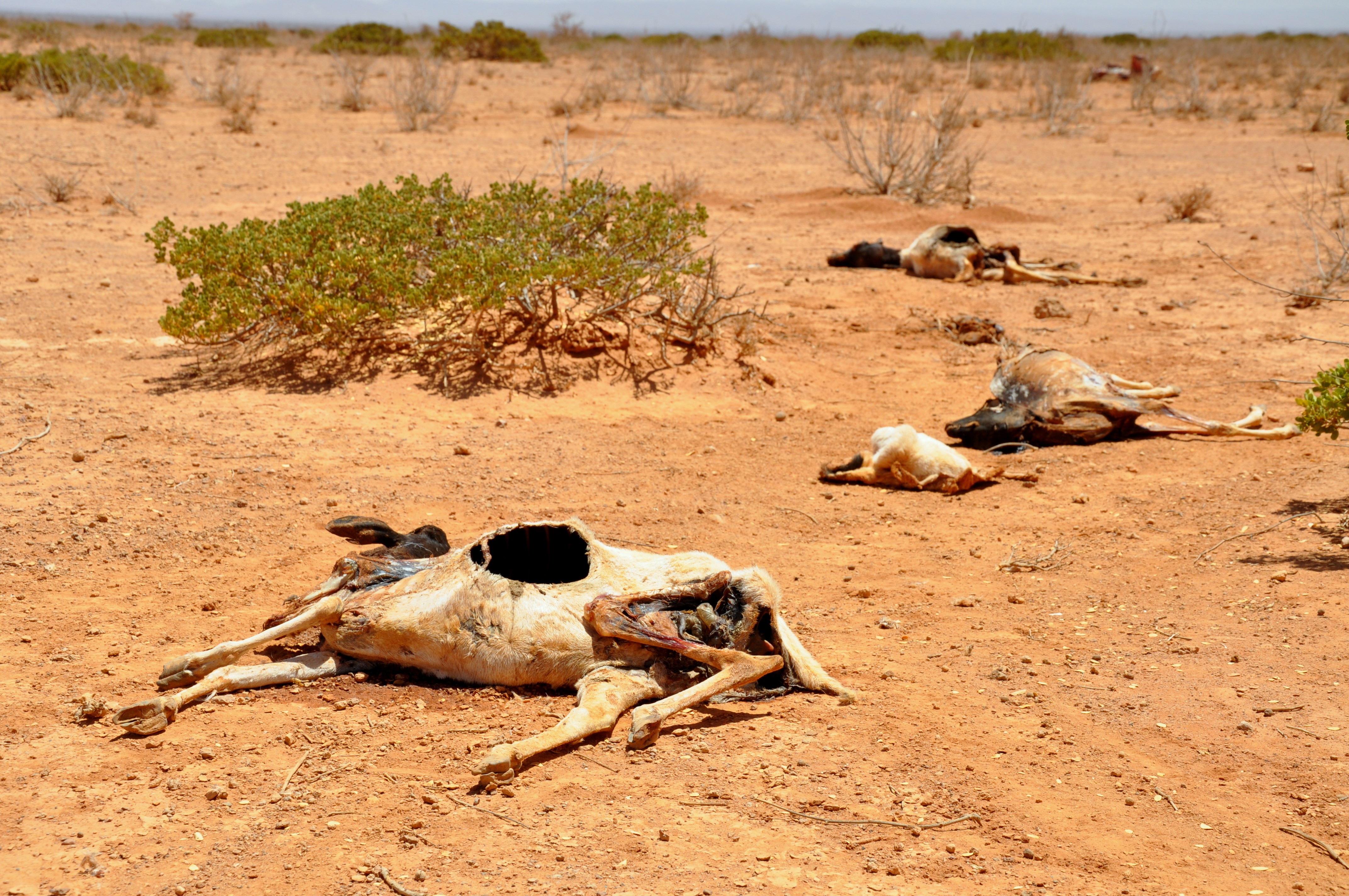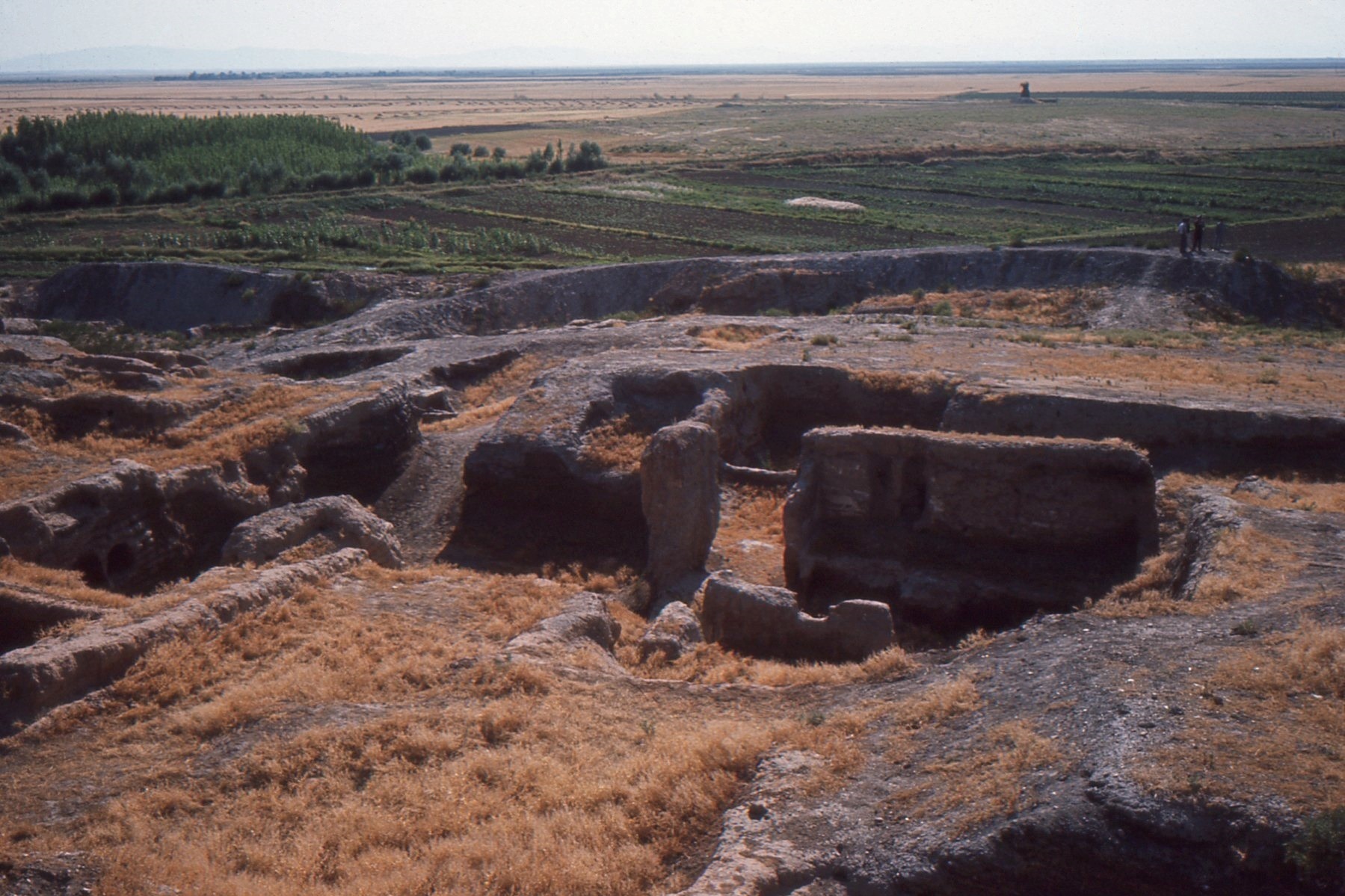BuddahMaster420
Member
According to a new study from PLOS journal, marijuana is the cause of California's drought despite the DEA destroying over 4 million marijuana grows last year.
True, marijuana is expensive to grow and requires a lot of water to sustain; however, making it the scapegoat of a problem that's beyond it's control is making the situation worse.
Reference: https://www.marijuanapackaging.com/blog/is-illegal-marijuana-really-causing-californias-drought/

True, marijuana is expensive to grow and requires a lot of water to sustain; however, making it the scapegoat of a problem that's beyond it's control is making the situation worse.
Reference: https://www.marijuanapackaging.com/blog/is-illegal-marijuana-really-causing-californias-drought/







